Volvo EX30 squeezes new materials and world-leading safety into a compact EV
The new Volvo EX30 is the smallest car in Volvo’s range. The full electric SUV provides a compelling mix of forward-thinking interior design with innovative materials and Google technology

This is Volvo’s new EX30, a fully electric compact SUV that takes the brand into the small car space for the first time in a generation. The Volvo EX30 goes hard on sustainability and accountability, taking a leaf out of sister company Polestar’s great big book of decarbonisation by setting out the facts and stats behind the shiny new metal.
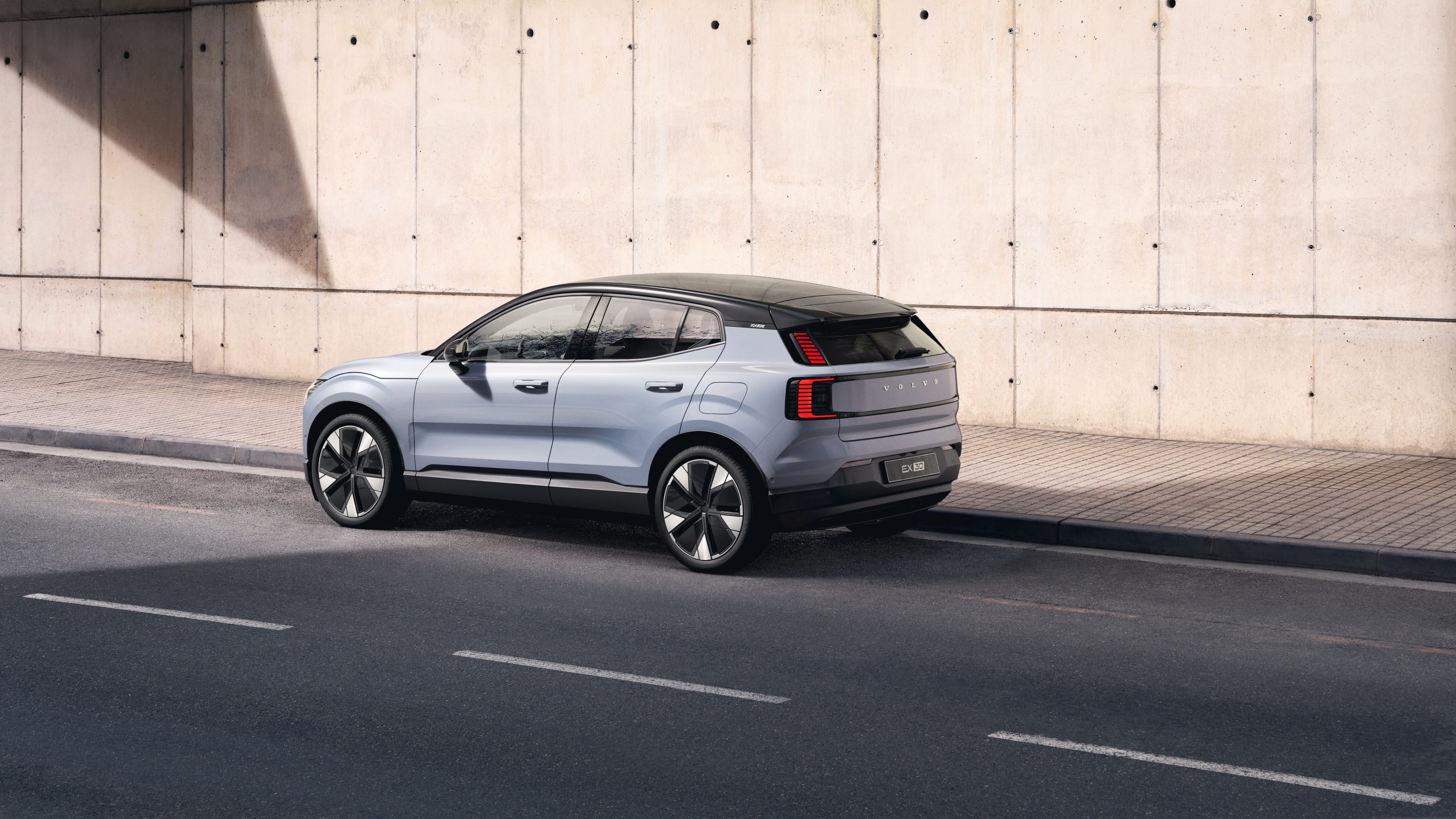
Available in three different mechanical configurations (an all-wheel drive Twin Motor Performance model and rear wheel drive Single Motor and Single Motor Extended Range), the EX30 makes a virtue of its relatively small footprint. Volvo describes it as having ‘the smallest lifecycle CO2 footprint of any Volvo car to date’, calculating that over the course of 200,000km of driving, the car will produce under 30 tonnes of CO2 (including that used in its manufacture).
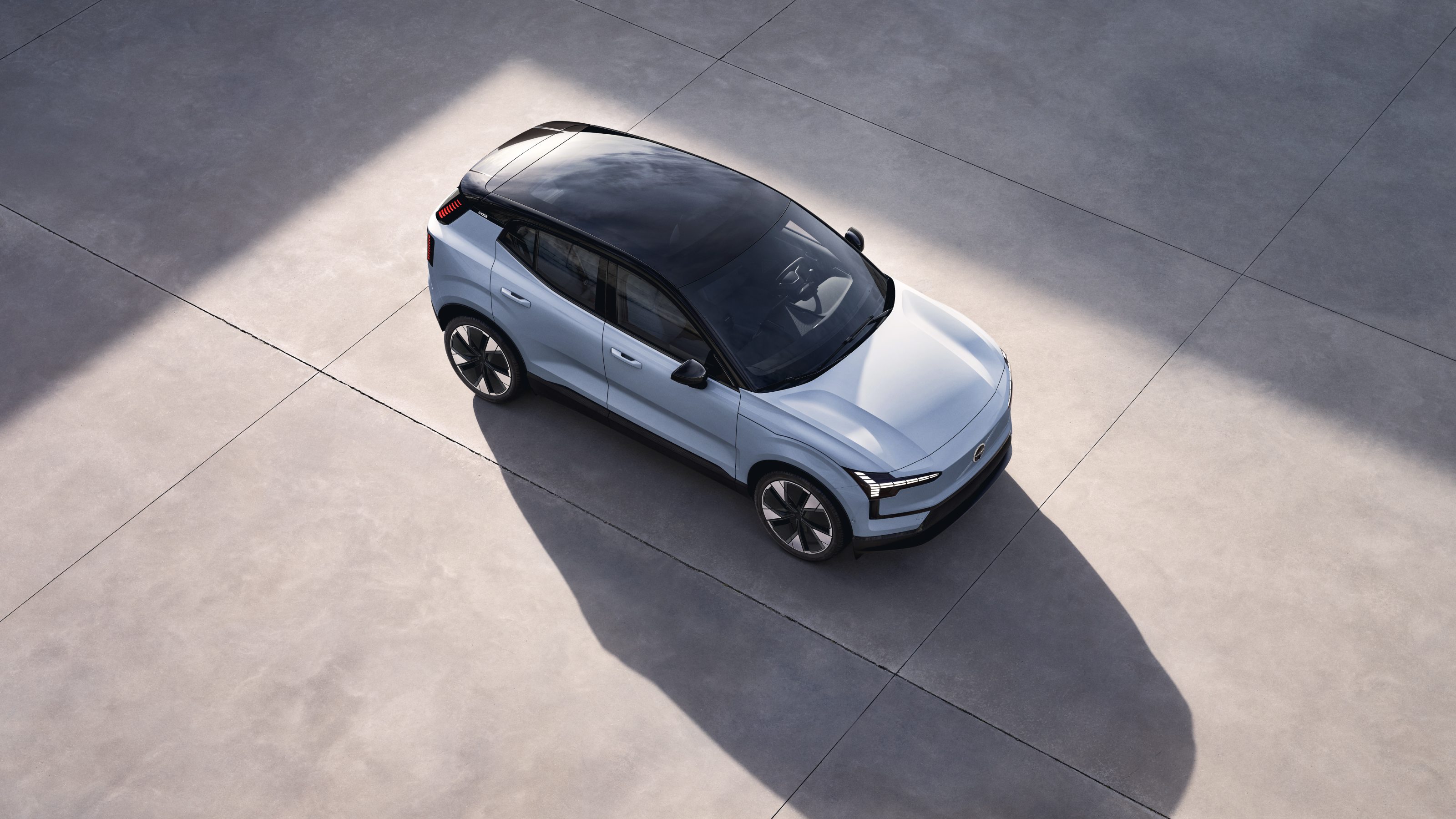
Volvo (and Polestar) are ahead of the game when it comes to such calculations, even though there’s no standard metric that can be applied across the entire industry. And given that Volvo’s other products are mostly large SUVs and estates, it’s not especially surprising to find the EX30 gets the best score here. Volvo has worked hard to ramp up the recycled materials; a quarter of the aluminium used, for example, and the interior dashboard proudly bears the flecks that signify second-use plastic (in this case from discarded plastic window frames).

The tech elements also follow Volvo’s ongoing path to simplicity. For the first time, a Volvo interior appears as pared back and minimal as the original Tesla, a choice that won’t please everyone (the company used to ensure its knobs and buttons could be operated when wearing heavy Swedish winter gloves). Key functions are duplicated on the steering wheel, but everything else goes through a Google-driven 12.3in screen.

All this is wrapped up in a body style that’s distinctly conservative, distinguished only by the marque’s new frontal treatment (slimmer lights, no grille) and the signature kicked-up line on the rear door that meets the thick C-pillar. Short overhangs maximise internal space and there’s Volvo’s industry-leading safety systems, both in terms of the car’s physical construction and its advanced electronic systems.

The EX30 might be small, but it’s also mighty; in Twin Motor Performance guise it dispatches the 0-60mph sprint in 3.4 seconds, making it the fastest-accelerating Volvo ever. That same model will have a range of up to 265 miles, while the Single Motor Extended Range model gets an extra 10 miles on top of that. The base Single Motor model makes do with only around 200 miles, although all three versions naturally feature fast charging.

Despite the relatively conventional exterior, the EX30 marks a sea-change in approaches to colour, materials and trim. The four design themes – Breeze, Indigo, Mist and Pine – use materials like woven flax, upcycled denim, ground plastic, blended wool, recycled plastic bottles for the carpets and a material called ‘Nordico’, made partly from Finland- and Sweden-sourced pine oil.
Wallpaper* Newsletter
Receive our daily digest of inspiration, escapism and design stories from around the world direct to your inbox.
The pared-back interior is not lacking in practicality, with myriad storage spaces, from dedicated phone pockets for rear passengers to a removable rear storage box and a size guide in the boot. First deliveries are due in early 2023, with a rugged EX30 Cross Country version following later in the year.
Volvo EX30, from £33,795, Volvocars.com
Jonathan Bell has written for Wallpaper* magazine since 1999, covering everything from architecture and transport design to books, tech and graphic design. He is now the magazine’s Transport and Technology Editor. Jonathan has written and edited 15 books, including Concept Car Design, 21st Century House, and The New Modern House. He is also the host of Wallpaper’s first podcast.
-
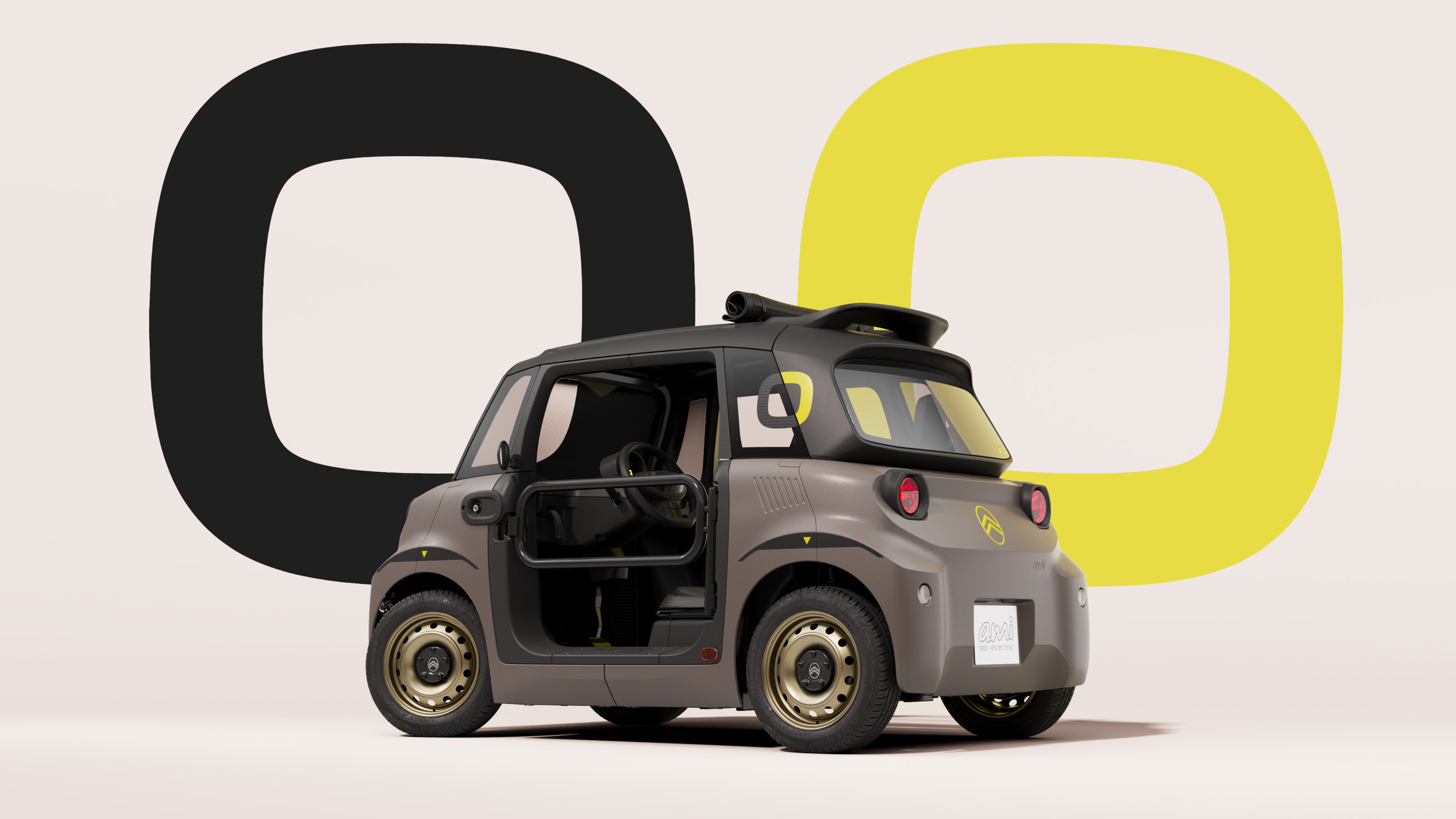 Beach chic: the all-new Citroën Ami gets an acid-tinged, open-air Buggy variant
Beach chic: the all-new Citroën Ami gets an acid-tinged, open-air Buggy variantCitroën have brought a dose of polychromatic playfulness to their new generation Ami microcar, the cult all-ages electric quadricycle that channels the spirit of the 2CV for the modern age
-
 Wallpaper* checks in at Rosewood Miyakojima: ‘Japan, but not as most people know it’
Wallpaper* checks in at Rosewood Miyakojima: ‘Japan, but not as most people know it’Rosewood Miyakojima offers a smooth balance of intuitive Japanese ‘omotenashi’ fused with Rosewood’s luxury edge
-
 Thrilling, demanding, grotesque and theatrical: what to see at Berlin Gallery Weekend
Thrilling, demanding, grotesque and theatrical: what to see at Berlin Gallery WeekendBerlin Gallery Weekend is back for 2025, and with over 50 galleries taking part, there's lots to see
-
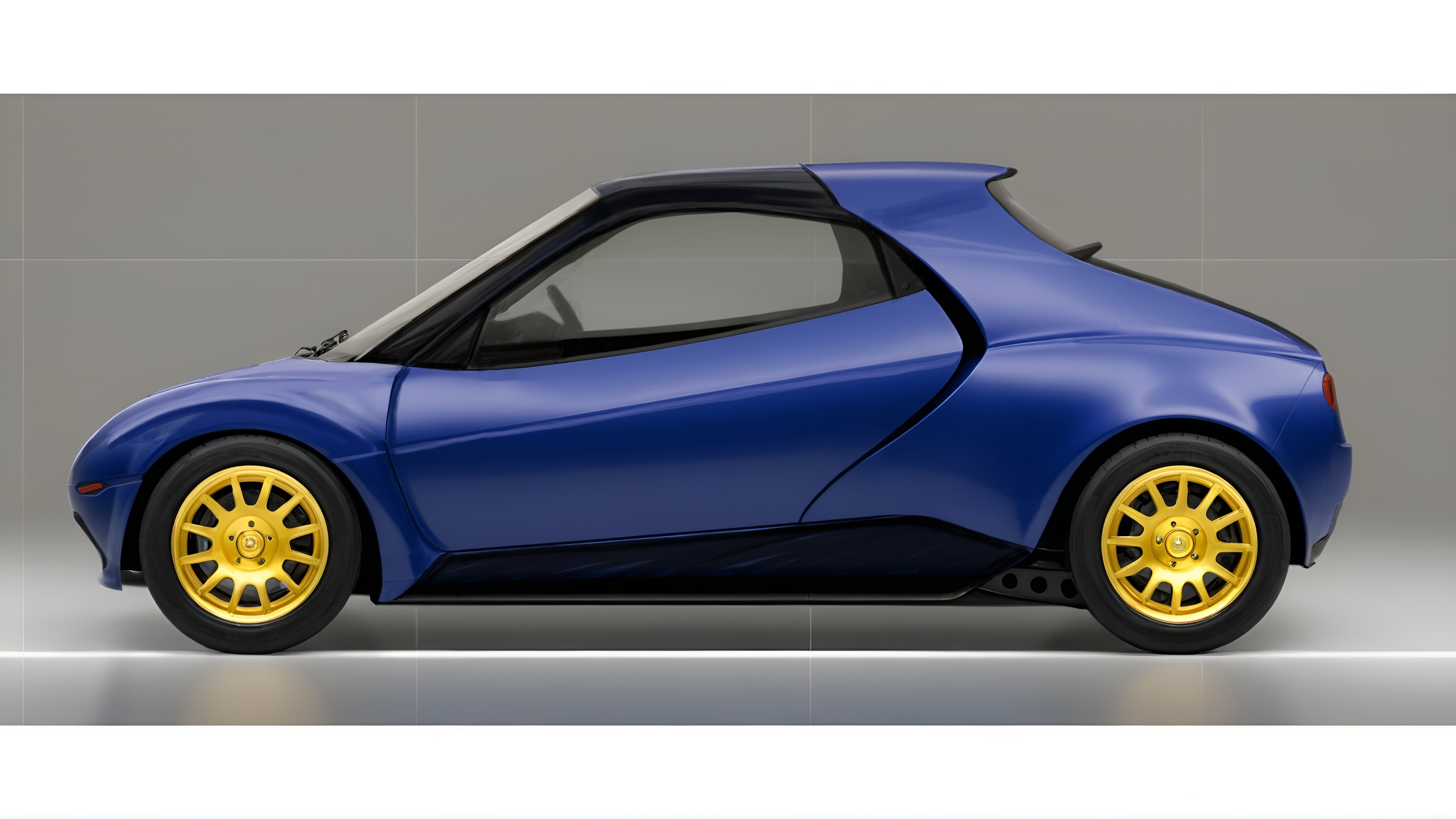 Mika Cars wants to build the Mino, a sporty, ultra-compact electric two-seater for the open road
Mika Cars wants to build the Mino, a sporty, ultra-compact electric two-seater for the open roadAn evolution of Mika’s Meon electric beach buggy, the little Mino is an ultra-light EV with big-car aspirations
-
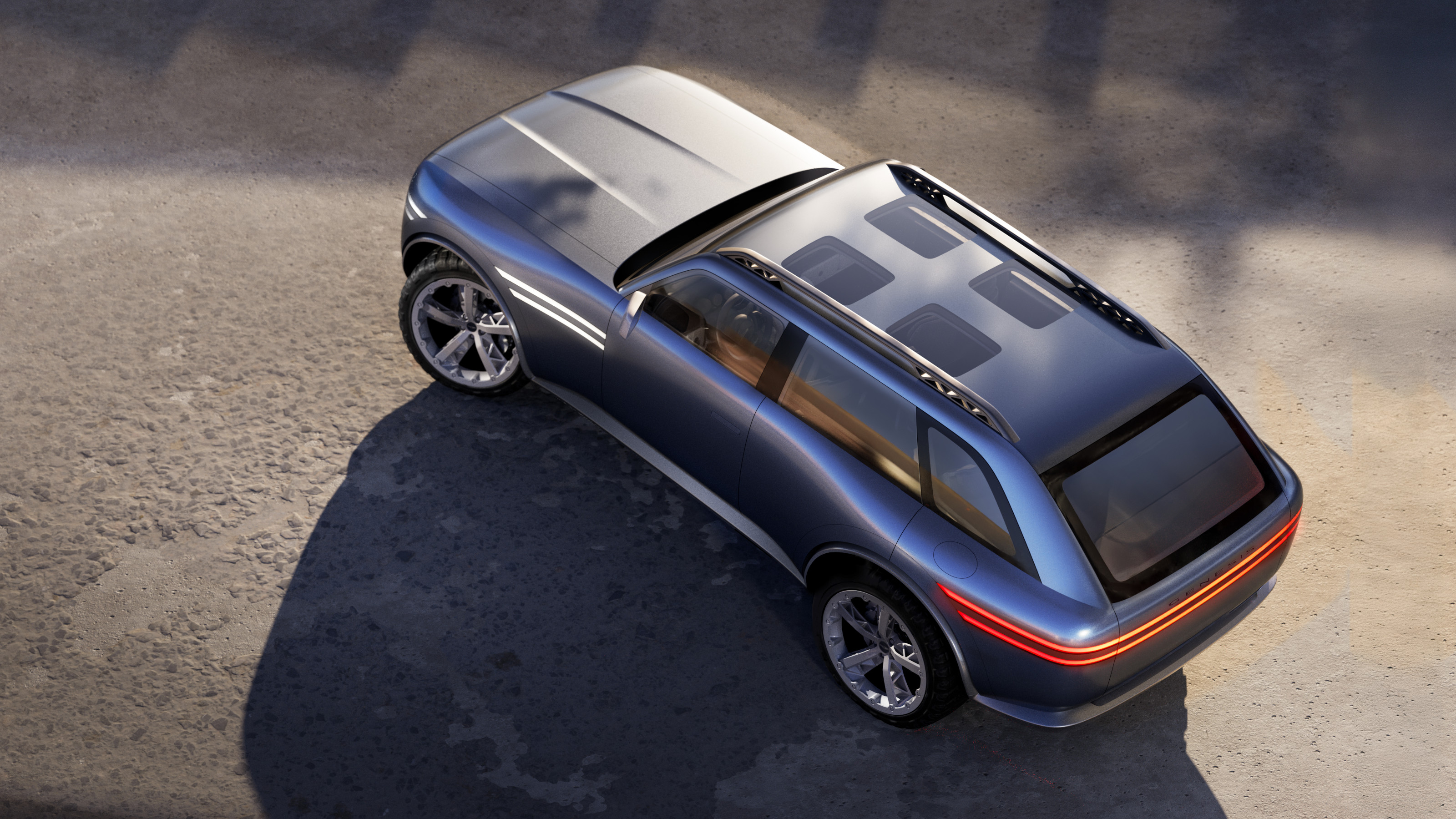 Our pick of the reveals at the 2025 New York Auto Show, from concept SUVs to new EVs
Our pick of the reveals at the 2025 New York Auto Show, from concept SUVs to new EVsInterest in overseas brands remained strong at this year’s NY Auto Show despite the threat of tariffs designed to boost American-owned brands
-
 Mercedes-Benz previews its next-gen people mover with an ultra-luxury EV concept
Mercedes-Benz previews its next-gen people mover with an ultra-luxury EV conceptThe Mercedes-Benz Vision V Concept is an art deco picture palace on wheels, designed to immerse passengers in parallel worlds as they travel
-
 2025 Seoul Mobility Show report: all that's new and notable
2025 Seoul Mobility Show report: all that's new and notableOpened at a time of high national drama, the 2025 Seoul Mobility Show has gone on to underscore Korea’s place at the cutting edge of the auto industry. Guy Bird was there
-
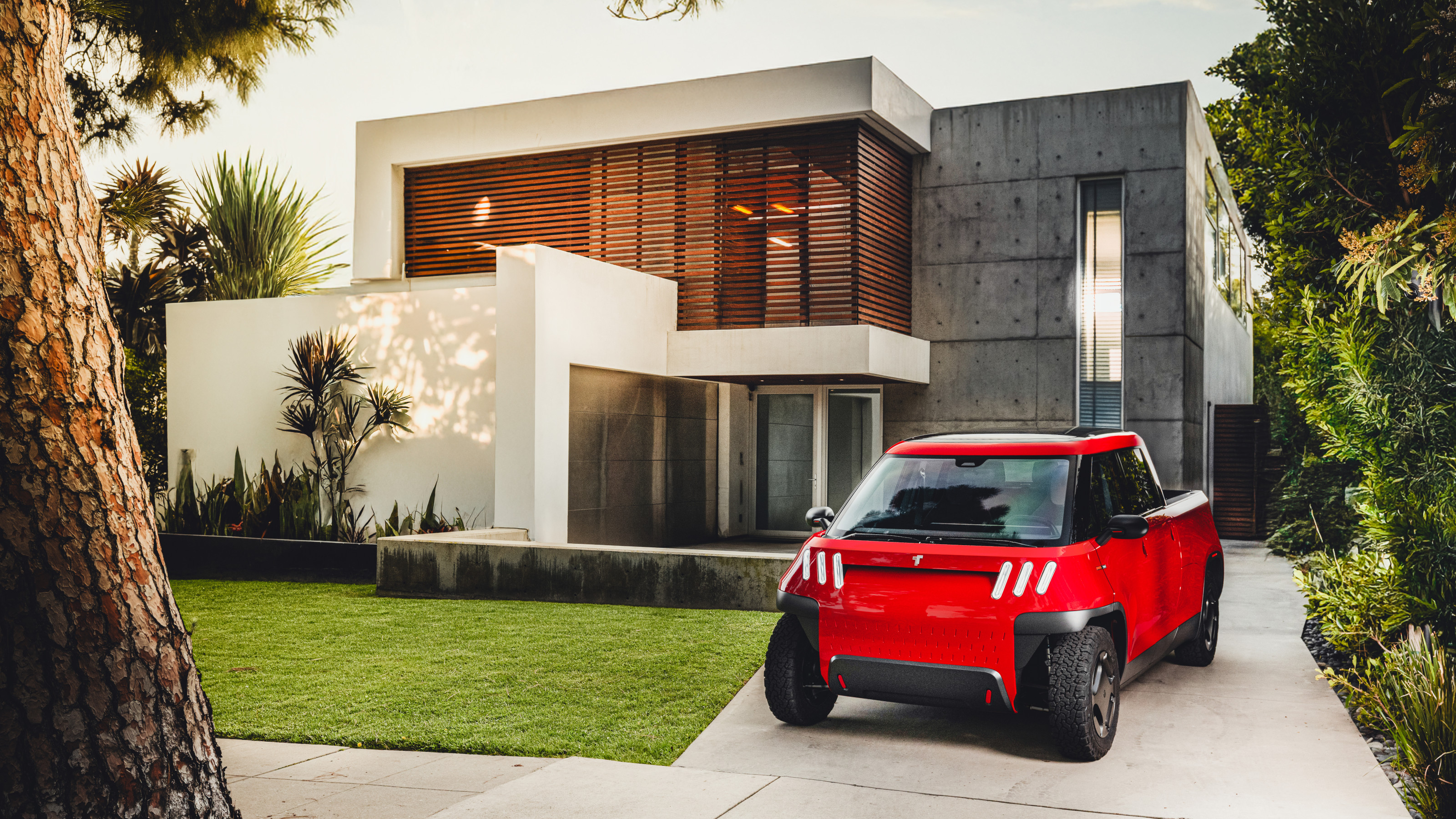 Meet the final drivable prototype of the Telo MT1 pickup truck, shaped by Fuseproject
Meet the final drivable prototype of the Telo MT1 pickup truck, shaped by FuseprojectThe Telo MT1 is a modestly scaled EV that turns the traditional all-American approach to pick-up truck design on its head
-
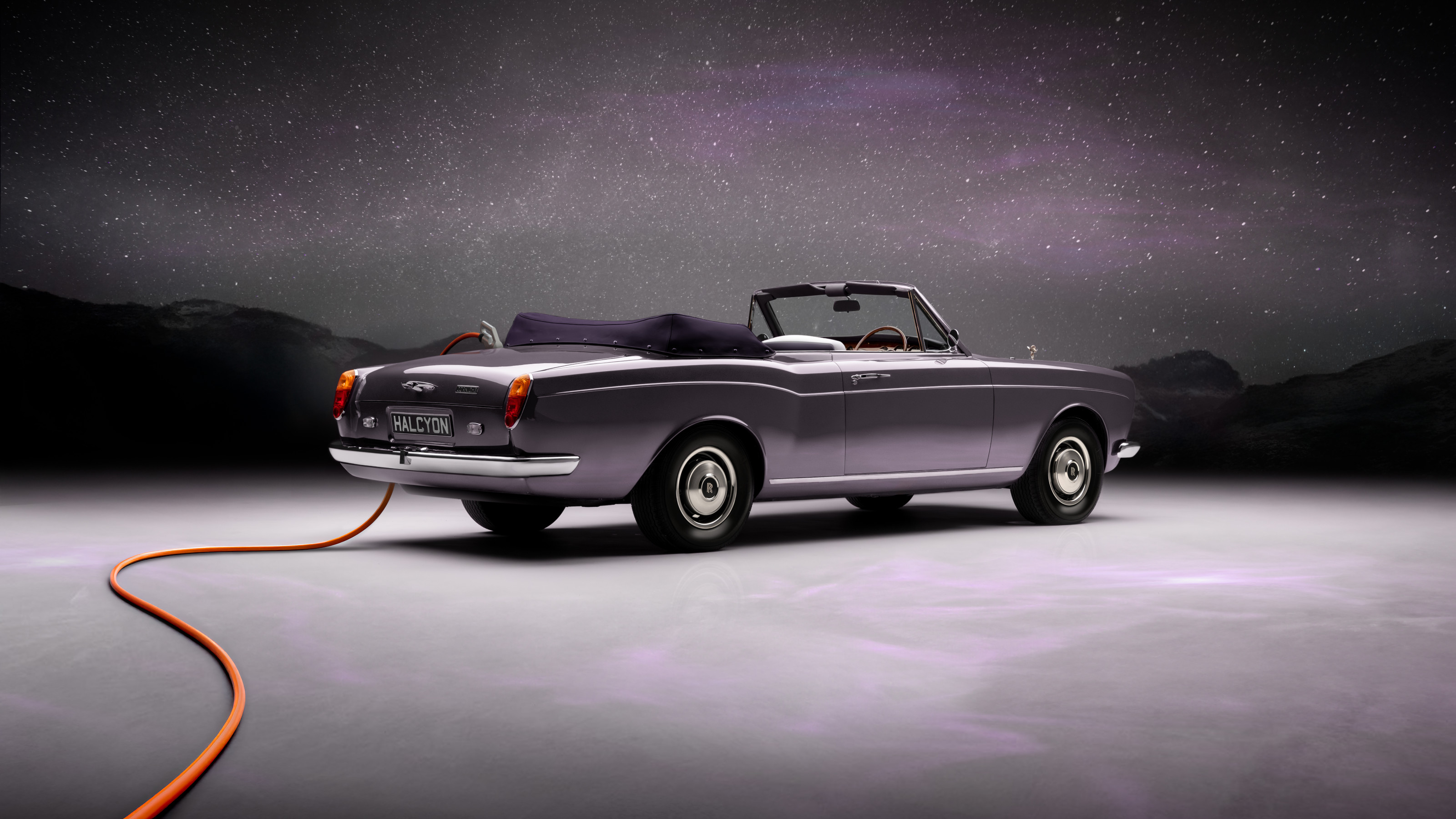 EV start-up Halcyon transforms a classic 1970s Rolls-Royce into a smooth electric operator
EV start-up Halcyon transforms a classic 1970s Rolls-Royce into a smooth electric operatorThis 1978 Rolls-Royce Corniche is the first fruit of a new electric restomod company, the Surrey-based Halcyon
-
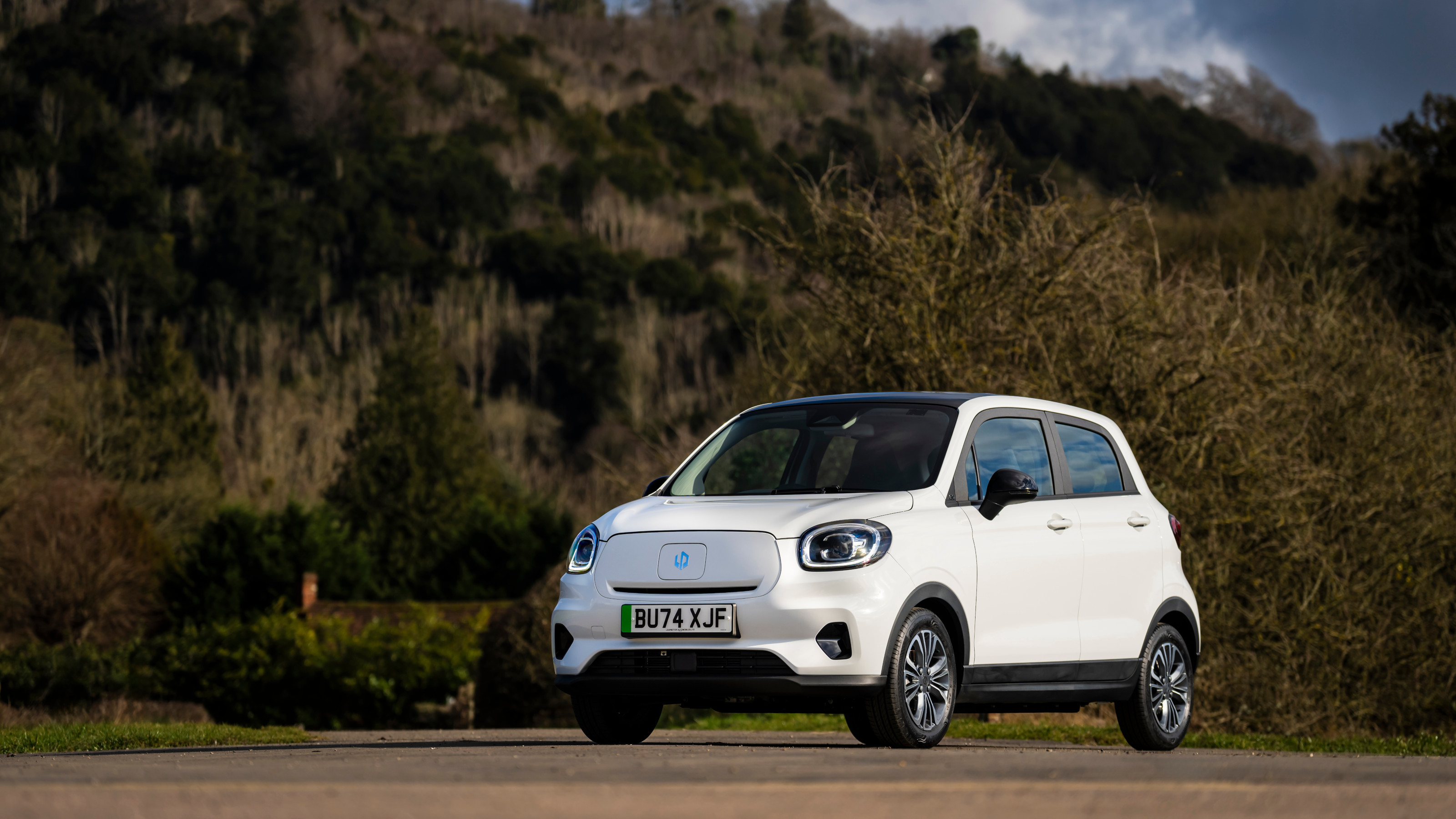 China’s Leapmotor pounces on the European car market with its T03 city car and C10 SUV
China’s Leapmotor pounces on the European car market with its T03 city car and C10 SUVLeapmotor’s tiny electric city car could be just the tonic for cramped urban Europe. We sample the T03 and its new sibling, the fully loaded C10 SUV, to see if the company’s value proposition stacks up
-
 Volvo takes to the snowy Swedish wilderness to reveal its new EX30 Cross Country
Volvo takes to the snowy Swedish wilderness to reveal its new EX30 Cross CountryThe Volvo EX30 Cross Country is a chunkier sibling for one of our favourite small electric cars